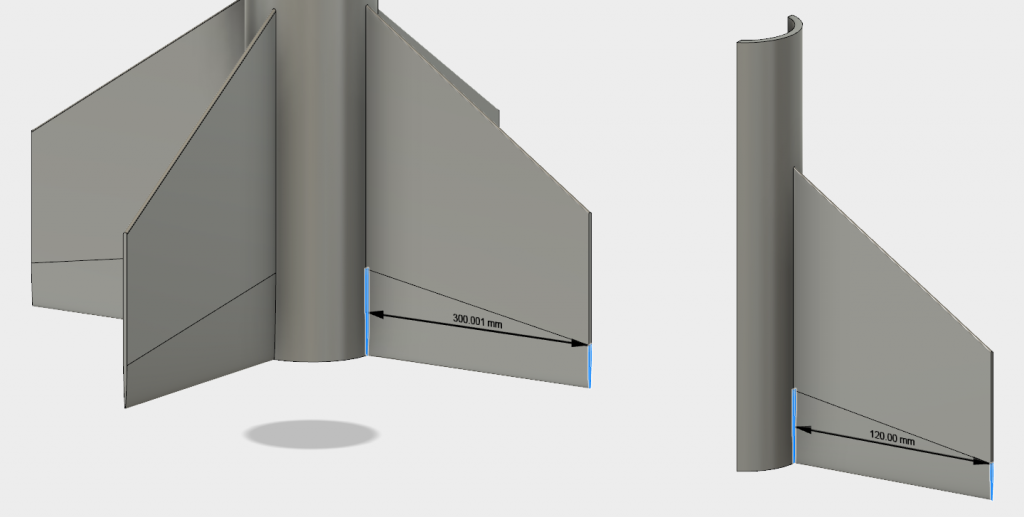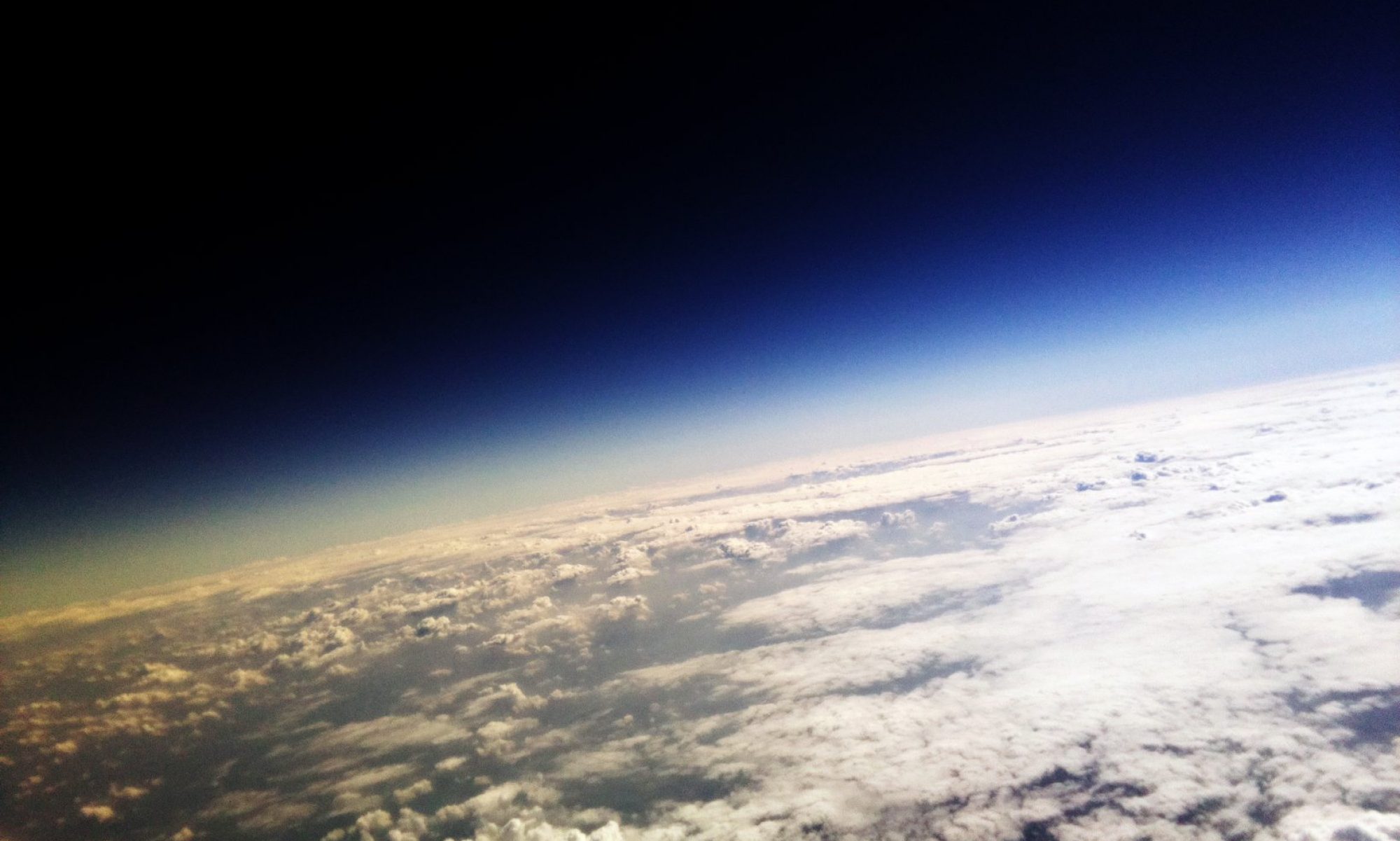“The bigger the better”, a direct quote from our very own rocket man -Dave Cutting. Of course we agreed with him at the time, but it could as easily be used in our defence, should we hear of Barra Best describing showers of apocalyptic fire balls and rocket shaped metal on his next weather forecast. Not a scenario that we intend on having to plan for just yet. The prototype rocket project is merely a concept design which we will use for architectural discovery and will remain safely on Belfast’s terra firma.

I say, “build”. You say, “how high?”
Of course there are going to be a rocket-load of estimations that we will have to establish – even at this early stage in our project.
However – ‘team talk’ breakthroughs of:
I say “build”
You say “how high”
are NOT quite the accuracy we are looking for in answering the question of rocket size! So lets get some numbers…
Early discourse from the engine team indicated they were aiming for a single cylindrical engine of approximately 100 mm in diameter. Leaving room for engine mounting, and considering what aluminium tubing was available, we settled on a fuselage width of 150 mm and 5mm wall thickness. This leaves plenty of room to squeeze in the escape pods!
Death Star v1

This beauty will stand a mighty 4m tall from base to nose tip and currently has three divisions. One for the engine, one for payloads and electronics modules, and a third for the parachute.
3D Printing Our Own Lucky Fin
Something that we will need to test in the future – once we know more about the speed which our rocket may have to cope with – is the aerodynamic properties of the fins. And of course, it would be a missed opportunity were we not to use this as an excuse to throw something in the Engineering departments wind tunnel to see what happens. Unfortunately the wind tunnel will not be big enough to fit a full size fin inside, therefore a scaled down version needs manufactured. Lucky enough, there are a number of 3D printers available in the EEECS Maker Space for us to print a model.

3D printers are not massive, in fact the ones we have can only print in a space of 300 mm^2. This means the model needs scaled down significantly and only one fin can be printed. This reduction in size poses a worry for the integrity of the entire fin, being only 5 mm at its thickest part at full size. The biggest we could print was at a 2:5 scale, making the fin at its thickest part 2 mm. The thinnest part at the tail of the fin struggled to touch the ground so a raft was designed into the print.

6 – 8 hours later we have our print. The overall form of the print was good. The fin itself was strong enough to hold to the fuselage section but because of the size reduction, the accuracy of the fin profile was somewhat affected. Either way, the fin still needed sanded down before it may be useful in the wind tunnel. This is done by hand with both 800 and 1200 grain sandpaper.

And there we have it! Ready for the wind tunnel.
Written by Josh Kelso @scottkelso07

